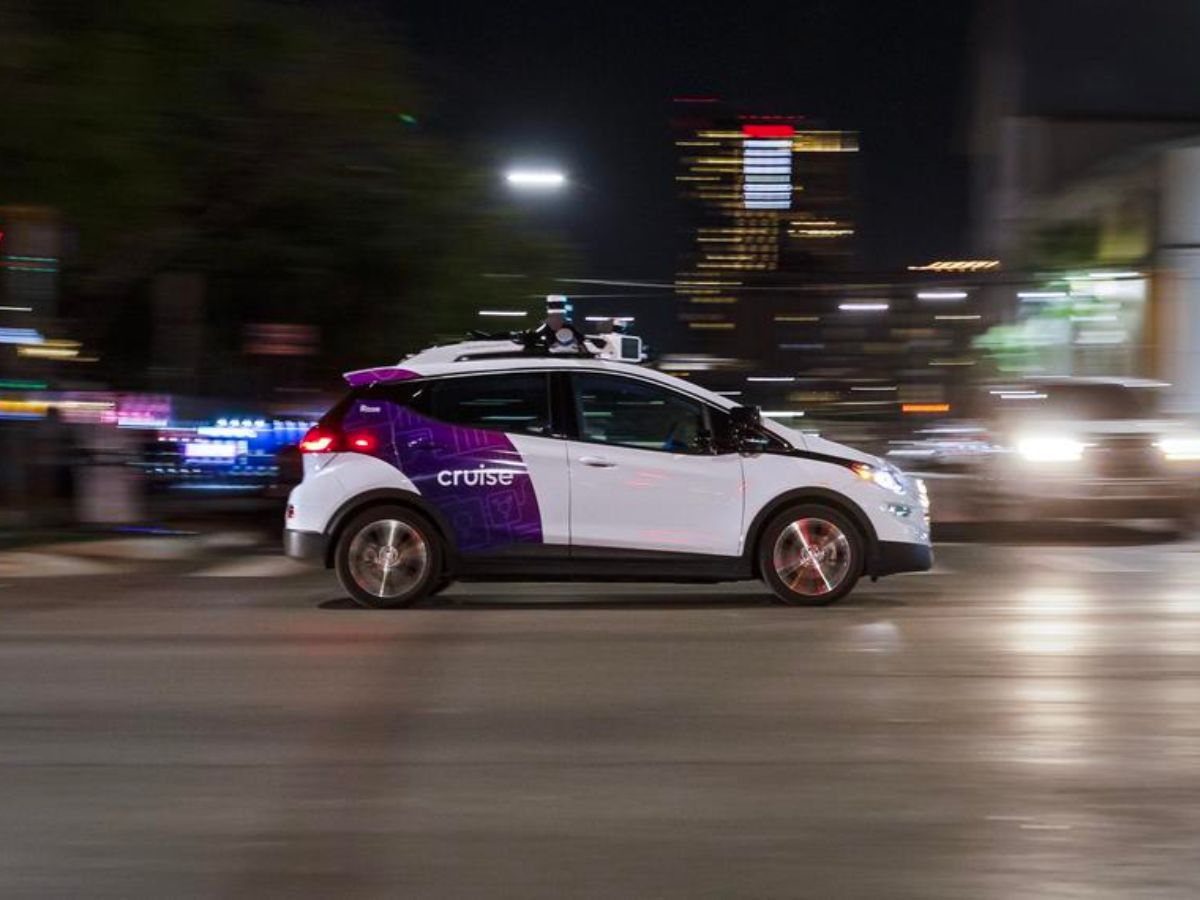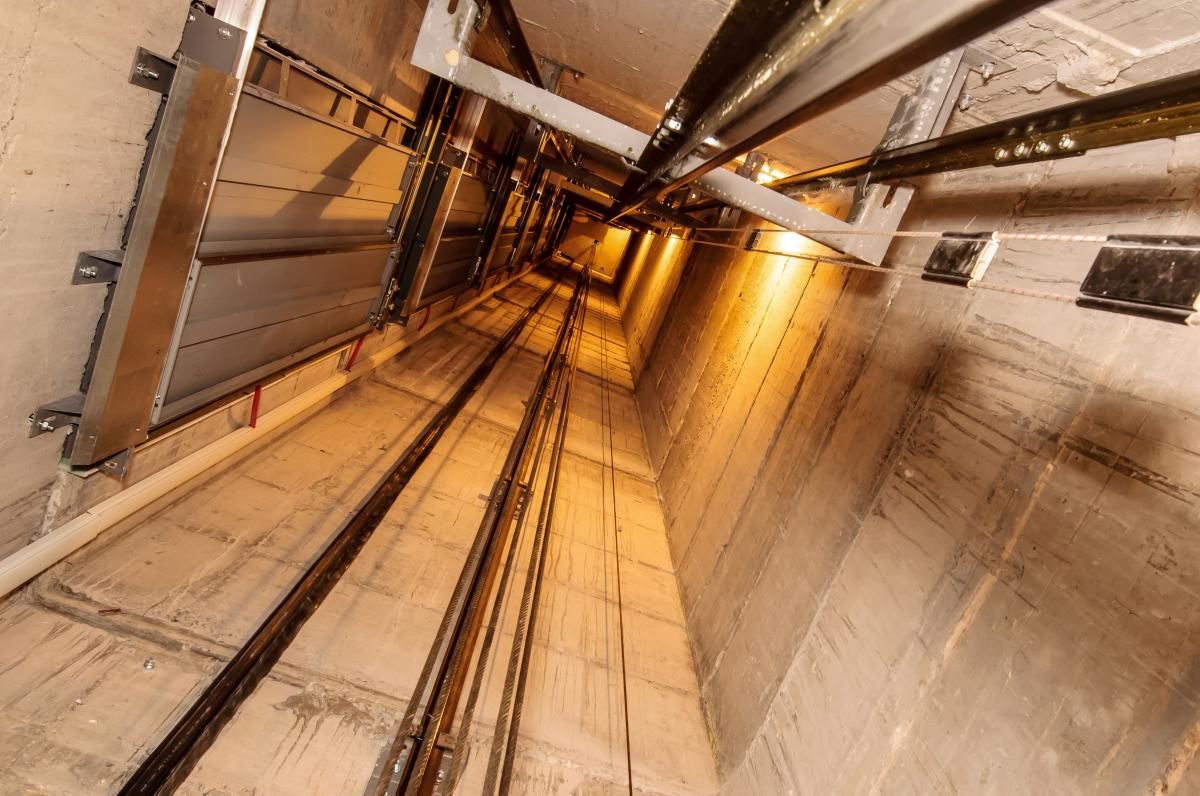You might be right if you think technology is moving quickly. Laws have not yet caught up with technology in some states, like California. It’s already hard to drive on the roads with ride-share drivers and hire scooters. Now there are self-driving cars on the road, and no one is responsible for them.
Since self-driving cars can do as much damage as cars with people in them, it makes sense to think that they would have the same amount of consequences or options. But the rules in California have not changed like they have in Arizona and Texas.
Autonomous Vehicles Escape Traffic Tickets
Since 2022, autonomous vehicles (AV) have been permitted to operate without a driver within the city limits of San Francisco. When it comes to autonomous vehicles, they can be halted by a law enforcement officer just like any other vehicle on the road. However, it is important to note that a citation cannot be issued unless there is a driver or safety driver present to supervise the car’s operation.
In certain cases, individuals who are registered as the owners of the AV may face citations for non-moving violations, including parking violations. In a concerning development, it has been revealed that the registered owner of an AV cannot be held accountable for moving violations, including disregarding stop signs or driving on the wrong side of the street.
California Needs to Catch up With Other States on Autonomous Vehicle Laws
California has not followed in the footsteps of states like Arizona and Texas by updating their laws to allow self-driving cars to receive moving violation citations, even when there is no driver present. Due to this loophole, California has turned into a lawless frontier for AVs, as self-driving cars are not subject to the same penalties for traffic violations. There is cause for concern as some may argue that moving violations have the potential to cause more damage compared to nonmoving violations.
Interestingly, the state of California boasts the largest market for autonomous vehicles, specifically robotaxis. San Francisco is currently home to more than 500 autonomous vehicles, with Waymo and Cruise leading the pack. These numbers are expected to grow even further following a recent vote that has sparked controversy regarding their expansion. In Austin, Texas, the number of AVs in operation is significantly lower, with only 125 vehicles on the road.
Also Read: Fresno Becomes Second US City to Ban Caste Discrimination
How to Make Autonomous Vehicles Safer and More Accountable?
With the rapid pace of technological advancements, it is imperative that our laws keep up with the times. Autonomous vehicles have transitioned from being mere novelties to becoming a tangible reality that significantly impacts the lives and safety of millions of individuals. San Francisco, being at the forefront of AV innovation, should also take the lead in implementing regulations for autonomous vehicles. In San Francisco, there are various measures that can be implemented to enhance the safety and accountability of AVs.
New laws are being considered to enable the issuance of moving violation citations for autonomous vehicles, regardless of the presence of a driver. This measure aims to discourage reckless or faulty AV behavior and ensure that the owners of AVs are held accountable for their actions.
A system is being developed to ensure that AV incidents, particularly those resulting in injuries or fatalities, are reported and investigated in a clear and transparent manner. This could potentially lead to a better understanding of the factors contributing to AV accidents and enhance public trust and confidence in autonomous vehicle technology.
A potential solution to enhance the safety and performance of autonomous vehicles is the implementation of a minimum standard. This standard would necessitate the inclusion of sensors, cameras, and communication systems in AVs, enabling them to effectively detect and avoid obstacles, pedestrians, and other vehicles. AVs would be able to operate safely and reliably in complex and dynamic urban environments, according to experts.
Working alongside AV companies, researchers, and stakeholders to establish best practices and guidelines for the testing and implementation of autonomous vehicles. This would promote a climate of innovation and collaboration between the AV industry and the public sector, guaranteeing that AVs are in sync with the community’s needs and values.



